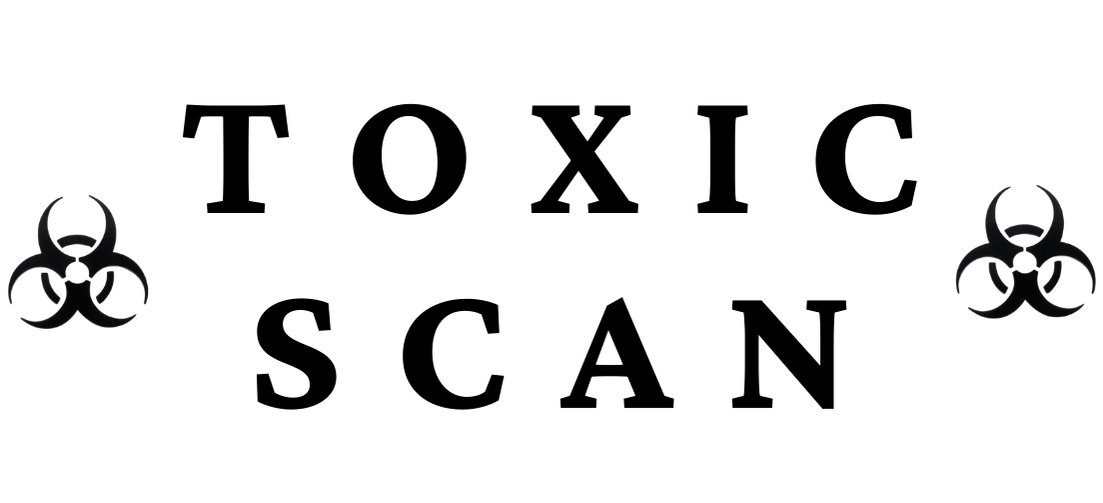E101: Riboflavin
E101: Riboflavin
What is E101 (Riboflavin)?
Riboflavin (E101), also known as vitamin B2, is a naturally occurring compound that serves as both a vital nutrient and a food coloring agent. It produces a yellowish-orange color in foods and is used in various food products for its dual role as a colorant and nutritional supplement.
Source and Production
Riboflavin can be obtained through several methods:
- Natural extraction: Isolated from natural sources such as milk, eggs, and leafy green vegetables 2. Fermentation: Produced by certain bacteria, yeasts, and fungi 3. Chemical synthesis: Manufactured through chemical processes 4. Biotechnology: Created using genetically modified microorganisms
Commercial riboflavin for food use is primarily produced through microbial fermentation, which is more economical and environmentally friendly than chemical synthesis.
Common Uses in Food
E101 is used in a variety of food products, including:
- Breakfast cereals and grain-based products
- Dairy products (milk, yogurt, cheese)
- Nutritional supplements
- Energy drinks and vitamin-enhanced beverages
- Baked goods
- Infant formulas
- Processed meats
- Sauces and dressings
Health and Safety
Safety Assessment
Riboflavin is generally recognized as safe (GRAS) and has been extensively studied. It has been approved by:
- The European Food Safety Authority (EFSA)
- The U.S. Food and Drug Administration (FDA)
- The Joint FAO/WHO Expert Committee on Food Additives (JECFA)
No ADI (Acceptable Daily Intake) has been established for riboflavin as it is considered a nutrient with no known toxicity at reasonable intake levels.
Potential Health Benefits
As vitamin B2, riboflavin offers several health benefits:
- Energy metabolism: Essential for converting food into energy
- Antioxidant function: Helps combat oxidative stress
- Cell growth and function: Supports normal cellular development
- Visual health: May contribute to eye health and prevent certain visual disorders
- Nervous system support: Important for maintaining nervous system health
- Red blood cell formation: Plays a role in red blood cell production
Safety Considerations
Riboflavin is considered one of the safest food additives, with very few safety concerns:
- Allergic reactions: Extremely rare
- Color in urine: High doses may cause bright yellow urine (harmless)
- Photosensitivity: In rare cases, high supplemental doses might increase sensitivity to sunlight
The Institute of Medicine has set the Tolerable Upper Intake Level for riboflavin as "not determinable," indicating no evidence of toxicity even at high intakes.
Regulatory Status
E101 (Riboflavin) is approved for use in most countries worldwide:
- European Union: Approved as E101
- United States: FDA approved as a color additive exempt from certification
- Australia/New Zealand: Approved as food additive 101
- Canada: Permitted as a food coloring and nutrient supplement
Natural vs. Synthetic
Riboflavin is classified as a natural coloring, although commercial production often uses fermentation technology. This makes it a good choice for products seeking "clean label" ingredients.
Many consumers prefer riboflavin as a coloring agent because it:
- Is a natural vitamin
- Provides nutritional benefits
- Has an excellent safety profile
- Is suitable for various dietary restrictions
Alternatives to E101
For manufacturers looking for alternatives to riboflavin as a yellow colorant, options include:
- Curcumin (E100)
- Beta-carotene (E160a)
- Annatto (E160b)
- Lutein (E161b)
- Safflower extract
Conclusion
E101 (Riboflavin) is one of the safest food additives available, with the added benefit of being an essential nutrient. Its dual function as both a colorant and a vitamin makes it a valuable addition to many foods. For consumers concerned about artificial food additives, riboflavin represents one of the least concerning options, with potential health benefits rather than risks. Its excellent safety profile and nutritional value set it apart from many other food colorings.
